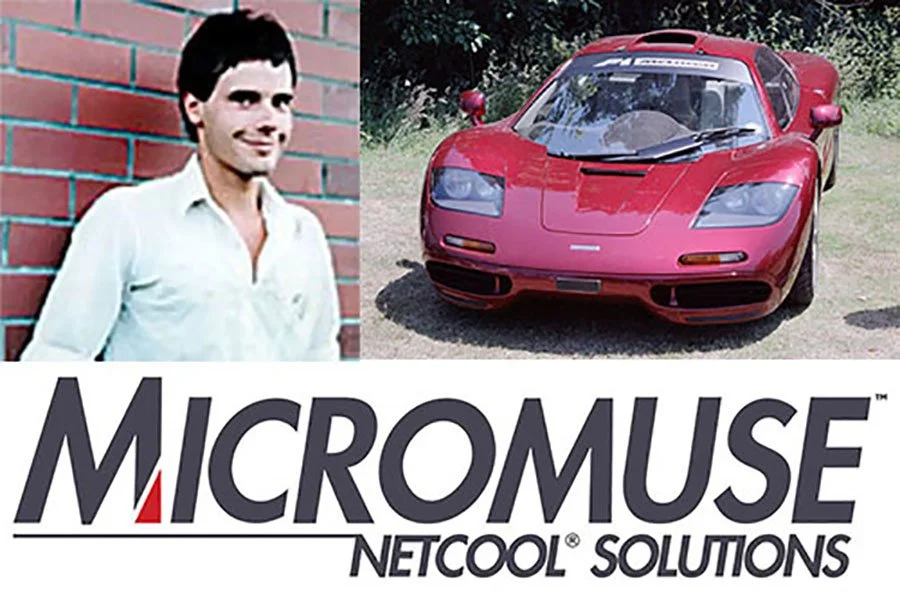Bio: Herbert von Karayan
/Born in Salzburg on April 5th 1908, Herbert von Karajan became one of the 20th century's greatest orchestral conductors and sold an estimated 200 million records during his career.
Of Greek-Macedonian ancestry, von Karajan was a promising pianist but his teachers at the Salzburg Mozarteum between 1916 and 1926 detected he was a naturally gifted conductor and encouraged him in that direction.
Three years after leaving Salzburg in 1929, von Karajan took a position as conductor for the Ulm Stadttheater in Germany.
In April 1933, he became a member of the Nazi party, two months before it was outlawed by his native Austrian government. However, he neither collected or signed his membership card and nor did he pay his party fees.
1935 saw von Karajan appointed Germany's youngest General Music Director and he performed regularly as a guest conductor around Europe.
In 1937, he made his debut performance with the Berlin Philharmonic for whom he would remain principal conductor over the next 35 years.
By this time, von Karajan was hailed as the greatest conductor in Germany. He signed his first recording contract with Deutsche Grammophon in 1938 and shortly afterwards purchased a brand new BMW 328 Roadster.
Von Karajan performed and recorded throughout World War 2. He was later discharged by the Austrian de-Nazification examining board in March 1946, almost a year after the cessation of hostilities in Europe.
Occupying Soviet forces in Austria banned von Karajan from conducting until October 1947 at which point he returned to work and began recording prolifically, mainly with the Berlin and Vienna Philharmonics.
Von Karajan's passion for fast vehicles had begun with a Harley Davidson motorcycle in 1930 and lasted until his death in 1989. By this time, personal aeroplanes, huge racing yachts and a variety of mouth-watering cars had all been acquired at vast expense.
One of the first Mercedes 300 SL Gullwings was delivered to von Karajan in 1954 but, although he later owned a 600 Saloon and an SEC, it was Porsche that became his enduring favourite.
An early 356 Speedster purchased in 1955 began a lifelong association with the marque and was followed by an ex-works 550 A Spyder in 1959. Having been raced extensively by the factory team throughout 1957 and 1958, Porsche painted the 550 red for van Karajan and fitted it with a brand new four-camshaft Carrera engine.
The 1960s saw a brief dalliance with Ferrari; a 1964 250 GT Berlinetta Lusso was replaced by a second series 275 GTB in 1966. Particularly fond of the Italian V12, von Karajan famously wrote to Enzo Ferrari "when I hear your twelve cylinders, I hear a burst of harmony no conductor could ever recreate".
A Facel II, Rolls Royce Silver Cloud 3 and custom-tuned Mini Cooper MkII were all purchased during the sixties.
Perhaps von Karayan's most famous acquisition arrived in July 1968. Ford only manufactured seven Mk3 GT40 road cars and von Karayan was the first customer to take delivery. His Ice Blue Metallic example was one of four built in left-hand drive.
Von Karajan returned to Porsche in a big way during the 1970s.
A 911 2.2 S Coupe was joined by a three-litre Carrera RS in 1974. The RS was one of just 55 built and, like the S, was painted Indian Red. Kept for just one year, von Karajan sold the RS to Jean-Claude Bering who drove it to back-to-back Production Class titles in the European Hillclimb Championship.
An even more extreme 911 was delivered in 1975 when Porsche supplied their high profile client with a unique early 930 that later featured on the front cover of von Karayan's Famous Overtures album. Equipped with a tuned engine, Cibie spot lamps and a roll bar, the 930 also left the factory with a one-off Martini-coloured livery inspired by the works RSRs of 1973 and 1974.
Von Karayan had seen the RSRs on his many visits to the Porsche racing department. Despite testing a 908/02 at the Salzburgring and the fearsome 917 at Weissach, he was never tempted to race.
After a Lancia Stratos and Audi Quattro, von Karayan ordered his final super sports car when Porsche sent a prototype 959 for him to consider. His personal example was then delivered in February 1988 (to the winter residence in St. Moritz). Finished in familiar India Red with Dove Grey cloth, the 959 was owned by von Karayan for little more than a year prior to being sold to his old friend, Prince Sadruddin Aga Khan.
On July 16th 1989, less than three months after he had resigned as Principal Conductor of the Berlin Philharmonic, Herbert von Karayan died of a heart attack at his home in Asif, Austria. He was 81 .
Text copyright: Supercar Nostalgia
Photo copyright: Porsche - https://www.porsche.com



















